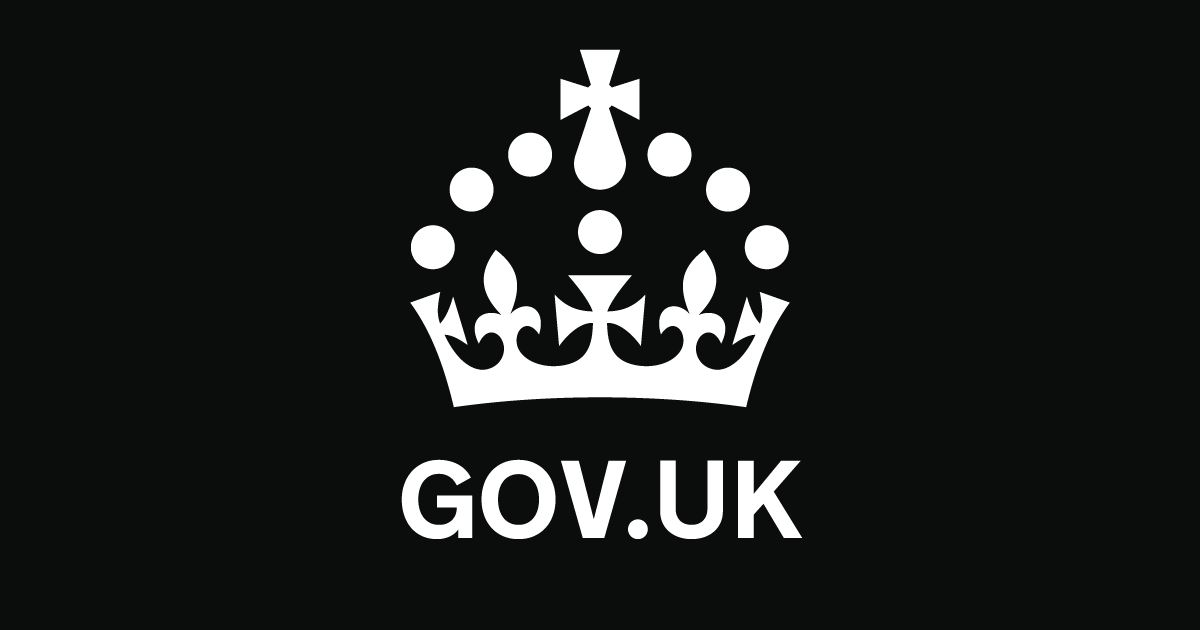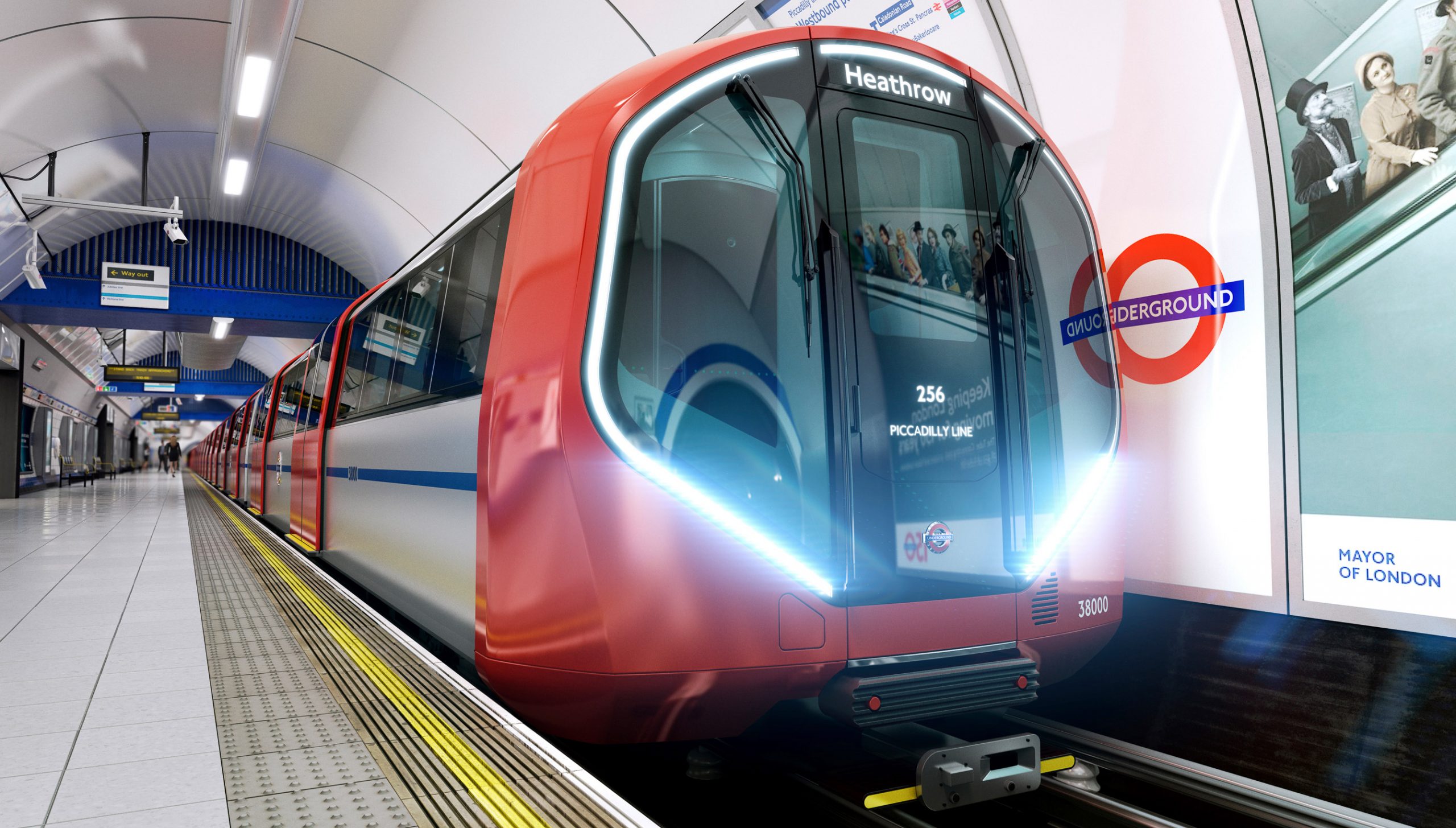Judging by the last couple of weeks the passenger numbers are returning to near pre covid levels!
Nowhere near! And revenue is, as always through the pandemic, somewhat further behind.
Judging by the last couple of weeks the passenger numbers are returning to near pre covid levels!
Nowhere near! And revenue is, as always through the pandemic, somewhat further behind.
I disagree. Pass very busy. No seats the other day but thats covid rules. E.g cant sit next to another human.Nowhere near! And revenue is, as always through the pandemic, somewhat further behind.

rubbish
You can rubbish / disagree as much you like, but I see the national numbers every day. And it’s not pretty.I disagree. Pass very busy. No seats the other day but thats covid rules. E.g cant sit next to another human.
Then I’d say the DfT need to go and have a look at the methodology of how they gather their data. All they should do is get out from behind their computer screens in Whitehall and go visit their nearest train station.
Obviously this is not going off figures, but in my experience the numbers I see on trains I travel on probably pretty accurately represent the figures the dft has. The recovery is very patchy with some days trains being very quiet, but other days trains very busy. I think the biggest issue is still the morning peak, its nowhere near what it was pre covid and will be one of the biggest reasons why numbers are still down.You can rubbish / disagree as much you like, but I see the national numbers every day. And it’s not pretty.
Of course some trains / lines are busy. But many are not, especially the ones that bring in the cash. No longer are there 16 Thameslink trains per morning peak hour on the MML depositing 1,000-1,800 people into Central London, mostly with season tickets at an average of £4K pa. There’s 12 dropping off about 300 people each. As they say in the US “do the math”. Similar for outer suburban commuting on the SWML, Brighton Line, GEML and many other commuter routes.
From ticket sales, updated every day.
Who cares about sales.You can rubbish / disagree as much you like, but I see the national numbers every day. And it’s not pretty.
Of course some trains / lines are busy. But many are not, especially the ones that bring in the cash. No longer are there 16 Thameslink trains per morning peak hour on the MML depositing 1,000-1,800 people into Central London, mostly with season tickets at an average of £4K pa. There’s 12 dropping off about 300 people each. As they say in the US “do the math”. Similar for outer suburban commuting on the SWML, Brighton Line, GEML and many other commuter routes.
From ticket sales, updated every day.
The DfT has been compiling transport usage figures throughout the pandemic:

Daily domestic transport use by mode
Daily usage of selected domestic transport by mode for Great Britainwww.gov.uk
The latest release shows the following usage, compared to 'an equivalent day or week', the latest days available show for National Rail show:
22/05/2021 47%
23/05/2021 48%
24/05/2021 50%
25/05/2021 47%
26/05/2021 46%
27/05/2021 46%
28/05/2021 45%
29/05/2021 45%
30/05/2021 46%
31/05/2021 49%
They don't appear to give any breakdown lower than GB National Rail - it would be very interesting even to see the breakdown between InterCity, former Network South East and former Regional Railways.
I agree regarding a breakdown of sectors.
Good news to have hit 50%.
As a country we will have to get used to the railway operating more as a social need, than the 'commercial' railway we've been used to since the days of the Bob Reid's.
You can rubbish / disagree as much you like, but I see the national numbers every day. And it’s not pretty.
Of course some trains / lines are busy. But many are not, especially the ones that bring in the cash. No longer are there 16 Thameslink trains per morning peak hour on the MML depositing 1,000-1,800 people into Central London, mostly with season tickets at an average of £4K pa. There’s 12 dropping off about 300 people each. As they say in the US “do the math”. Similar for outer suburban commuting on the SWML, Brighton Line, GEML and many other commuter routes.
From ticket sales, updated every day.
All well and good and lovely. But who is footing the bill for that in perpetuity?
My example would be (pre-Covid) seeing peak Kiing's Cross fast trains leaving Cambridge with all seats taken and a few standing passengers.
Currently it's 50% of seats tops.occuoied.
Things are slowly heading in the right direction, but there is a big gap in demand from pre-Covid at certain times of day (rather than the observations of this forum predominantly at off-peak/leisure times)
Hopefully alot of the appratchiks and do- gooders at the DfT will get the chop as well. That’s where I’d start with wielding the axe.
Do you actually understand who they are and what they do?
do you? Are you one of them?
Anyone got a link that works for this?
For any rail staff amongst us, what’s everyone’s thoughts/feelings on this? Very worrying times ahead.

@EC123 can you edit your post to include a quote, as per forum rules please? Thanks!Anyone got a link that works for this?

Rubbish. I correct you. They claimed driverless in the 90sI personally think it’s only a matter of years before the whole UG is driverless. As far as I am aware some of the lines are already good to go and the new pic line trains are set up ready to be driverless as and when. Of course happy to be corrected
As I understood it the Victoria and central lines are more or less ready for driverless ?Rubbish. I correct you. They claimed driverless in the 90s
I personally think it’s only a matter of years before the whole UG is driverless. As far as I am aware some of the lines are already good to go and the new pic line trains are set up ready to be driverless as and when. Of course happy to be corrected

 www.londonreconnections.com
www.londonreconnections.com
As I understood it the Victoria and central lines are more or less ready for driverless ?
I suspect their methodology is more robust than the eyes of one person who, even if they can judge accurately levels of loadings on the services they are on, can't do it 18 hours a day across the country.Then I’d say the DfT need to go and have a look at the methodology of how they gather their data. All they should do is get out from behind their computer screens in Whitehall and go visit their nearest train station.
Have a read of this:

The Political Myth of the Driverless Tube Train - London Reconnections
The leading source for independent news and analysis about transport in London and beyond. Award-winning coverage of transport infrastructure and politics alongside stories about the history of the Capital's transport networks.www.londonreconnections.com
I think it will happen one day, but it's a lot more difficult than is often thought.
The Glasgow subway is an absolute piece of cake in comparison to even one London Underground line, with exception of perhaps the Waterloo & City, which stands the best chance in the next 20 years I would say.
Taking the Victoria Line as an example. It's a fairly straightforward line, but you'd need Platform Edge Doors (PEDs) for each platform (like the Jubilee Line Extension has, and like Crossrail Elizabeth Line is having in the centre of London) to run fully automated. The problem you then run into is that the 1960s stations and tunnels were not designed for PEDs. You'd have ventilation issues (air on platforms getting too hot) as the fresh air from the surface wouldn't be pulled from station entrances to the ventilation shafts in the tunnels (normally a short distance from each station) by the movement of trains and ventilation shafts fans, if they are impeded by PEDs. Jubilee Line Extension and Crossrail have their ventilation systems designed around that.
So it isn't even the systems on the train or the signalling (another matter to think about) that are the only things to get around.
It would be a massive (read 'expensive') undertaking to automate old lines.
It’s probably me but I don’t understand your post?In Japan the platform edge "doors" are in some places made from ropes. Anyone that says automation is years away is living in cuckoo land especially (on the mainline at least) where drivers are pushing 70 grand a pop.
Until it rains on the Central Line…As I understood it the Victoria and central lines are more or less ready for driverless ?
It will take ages. No cuckoo land.In Japan the platform edge "doors" are in some places made from ropes. Anyone that says automation is years away is living in cuckoo land especially (on the mainline at least) where drivers are pushing 70 grand a pop.
Anyone that says automation is years away is living in cuckoo land especially (on the mainline at least) where drivers are pushing 70 grand a pop.
In Japan the platform edge "doors" are in some places made from ropes. Anyone that says automation is years away is living in cuckoo land especially (on the mainline at least) where drivers are pushing 70 grand a pop.
And remember, driverless does not mean staffless. That £7bn merely puts the driver in the carriage (GoA2 to GoA3) and the same pressures of rostering, staffing, disputes, etc will remain. It’s a nonstarter outside of the offices of the Evening Standard and the DfT.
